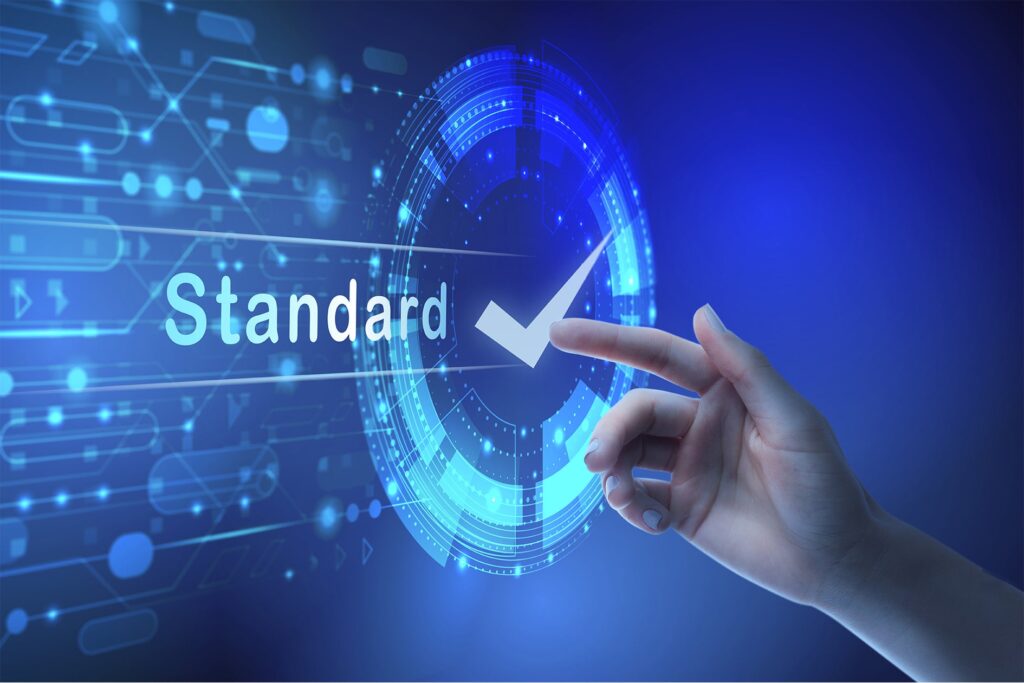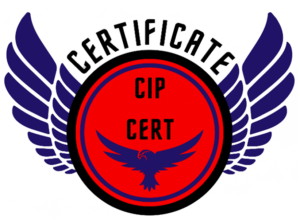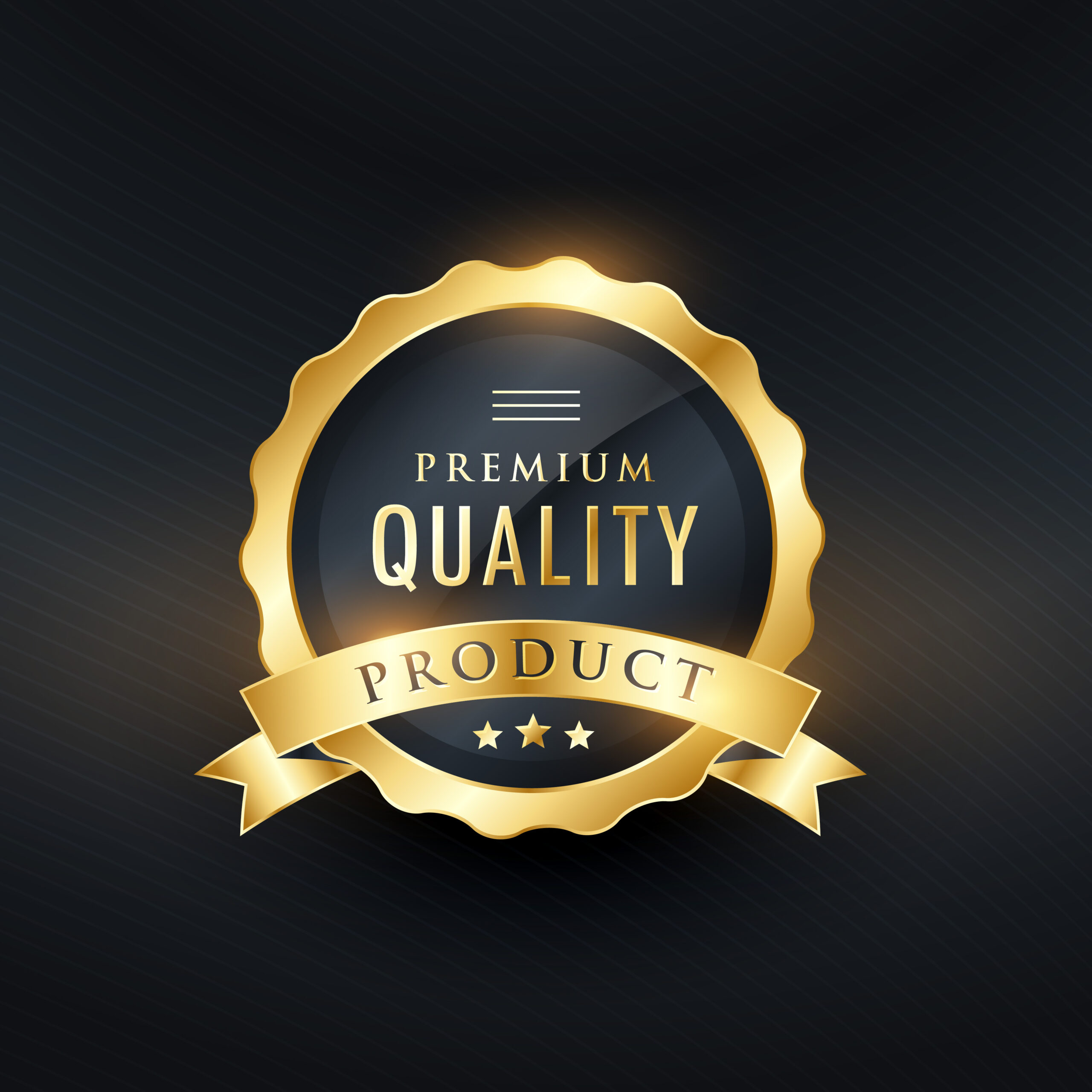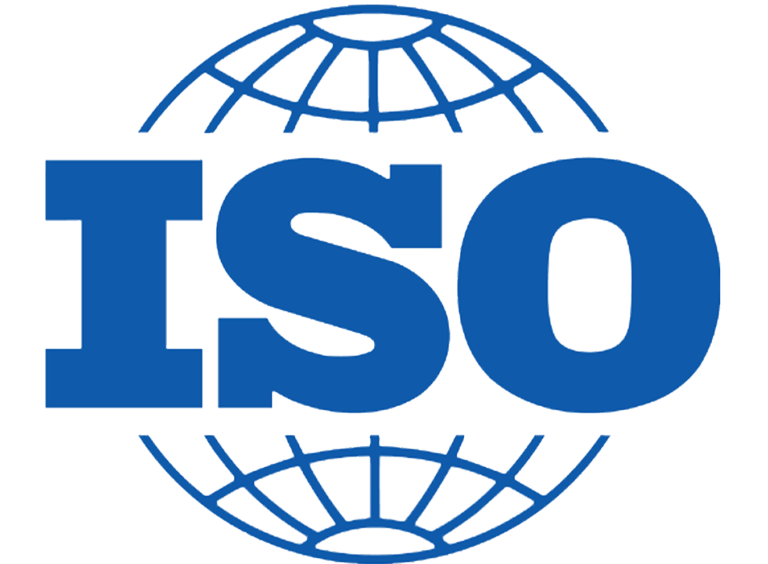CIP CERTIFICATE

Quality management
Quality management standards to help work more efficiently and reduce product failures

System standards
Providing a model to follow when setting up and operating a management

ISO standards
Think of them as a formula that describes the best way of doing something.

What is ISO
ISO: Global standards for trusted goods and services

our services
Providing standard and ISO services for organizations and companies


What is the fundumental objective of ISO standards
ISO Standards are a set of internationally recognized standards that were created with the aim of helping companies to establish levels of homogeneity in relation to the management, provision of services and product development in the industry.
One of the structural principles of ISO standards is continuous improvement
Because one of the structural principles of ISO standards is continuous improvement

ISO types
A short explanation about some ISOs
ISO 9001 is a globally recognized standard for quality management. It helps organizations of all sizes and sectors to improve their performance, meet customer expectations and demonstrate their commitment to quality. Its requirements define how to establish, implement, maintain, and continually improve a quality management system (QMS).
ISO 14001 is the internationally recognized standard for environmental management systems (EMS). It provides a framework for organizations to design and implement an EMS, and continually improve their environmental performance. By adhering to this standard, organizations can ensure they are taking proactive measures to minimize their environmental footprint, comply with relevant legal requirements, and achieve their environmental objectives. The framework encompasses various aspects, from resource usage and waste management to monitoring environmental performance and involving stakeholders in environmental commitments.
The long-term success of an organization relies on many things, from continually assessing and updating their offering to optimizing their processes. As if this weren’t enough of a challenge, they also need to account for the unexpected in managing risk. That’s why we’ve developed ISO 31000 for risk management.
ISO/IEC 27001 is the world’s best-known standard for information security management systems (ISMS). It defines requirements an ISMS must meet.
The ISO/IEC 27001 standard provides companies of any size and from all sectors of activity with guidance for establishing, implementing, maintaining and continually improving an information security management system.
ISO 28000:2007 specifies the requirements for a security management system, including those aspects critical to security assurance of the supply chain. Security management is linked to many other aspects of business management. Aspects include all activities controlled or influenced by organizations that impact on supply chain security. These other aspects should be considered directly, where and when they have an impact on security management, including transporting these goods along the supply chain.
ISO 45001 is an international standard that specifies requirements for an occupational health and safety (OH&S) management system. It provides a framework for organizations to manage risks and improve OH&S performance.
OHSAS 18001 was one of the International Standard for Occupational Health and Safety Management Systems. It provided a framework for the effective management of OH&S including all aspects of risk management and legal compliance, and it addressed occupational health and safety rather than any specific product safety matters.
ISO 22301 is the international standard for Business Continuity Management Systems (BCMS). It provides a framework for organizations to plan, establish, implement, operate, monitor, review, maintain, and continually improve a documented management system to protect against, reduce the likelihood of, and ensure recovery from disruptive incidents.





